Before arriving in Argentina, I despised graffiti. To me, it was the act of some punks with spray cans ruining the city with their distasteful messages and images. And so my initial reaction to the graffiti in Buenos Aires was no different. I would let out a sigh as I passed by messages scribbled on beautiful historical buildings hundreds of years old. I saw them as signs of chaos, destruction and a frustrated youth. I misjudged.
I wasn’t wrong about the chaos part. Graffiti is nothing new to Argentina or to the rest of the world, however the art form skyrocketed during the economic depression of the early 90s in Argentina. The people were wiped out of their savings and the country went through five presidents in two weeks! The air was thick with hostility and depression.
In response to the bleak times, illustrators, graphic designers and anyone with an art background began painting abandoned walls, parks, stores and really anything that had a blank wall with whimsical, childlike images. They wanted the walls to come alive and leave onlookers with a positive message.
I see these artists as visionaries similar to those of the Ghandi peace movement. With just a paintbrush and a passion, these graffiti artists have put smiles on people’s faces and found a peaceful way to express their political views. In fact, group of artists gather all the time to hold an “Expression Sessions” and paint the city walls for hours at end–each person leaving his or her personal mark.
Whether the graffiti is to cheer-up or to give the artist’s two-cents view of the world, the explosion of breathtaking art around the city is “mind-blasting”. The government deserves some of the kudos. There are currently no laws prohibiting graffiti, unless they contain racial or ethnic slurs. In fact, artists can get away with even painting a police station. People are weirdly very accepting and welcoming of having their walls being marked by graffiti. That was refreshingly positive and so cool.
What I love most about graffiti is its organic nature. You don’t come to these walls with pre-conceived notions but rather express yourself spontaneously. And unlike a canvas painting, the art work is never immortalized. Within a few days or years your art work on the walls are covered beneath a new image– a new voice. It occurred to me that graffiti is also one of the most humbling art forms.
Artists like Pum Pum and Vomito Attack like to remain anonymous. Pum Pum for example, refuses to release her picture or name in interviews. She says, “ who you are or what you are like is just an accessory. A couple of days ago, a journalist asked me if the reason why I didn’t reveal my name was egocentricity. Actually, it’s the opposite…In my case, I’m just not interested in exposing myself. I just want people to know my drawings”. These revolutionaries, as I like to call them, don’t get paid, applauded or have their work exhibited. Just having their voice “seen” is enough.
I have a new found respect for graffiti. I would love to go back to Buenos Aires to aimlessly walk the streets and listen to the walls talk.

This was done by a local artist. Apparently, artists from around the world are invited all the time to paint around Buenos Aires


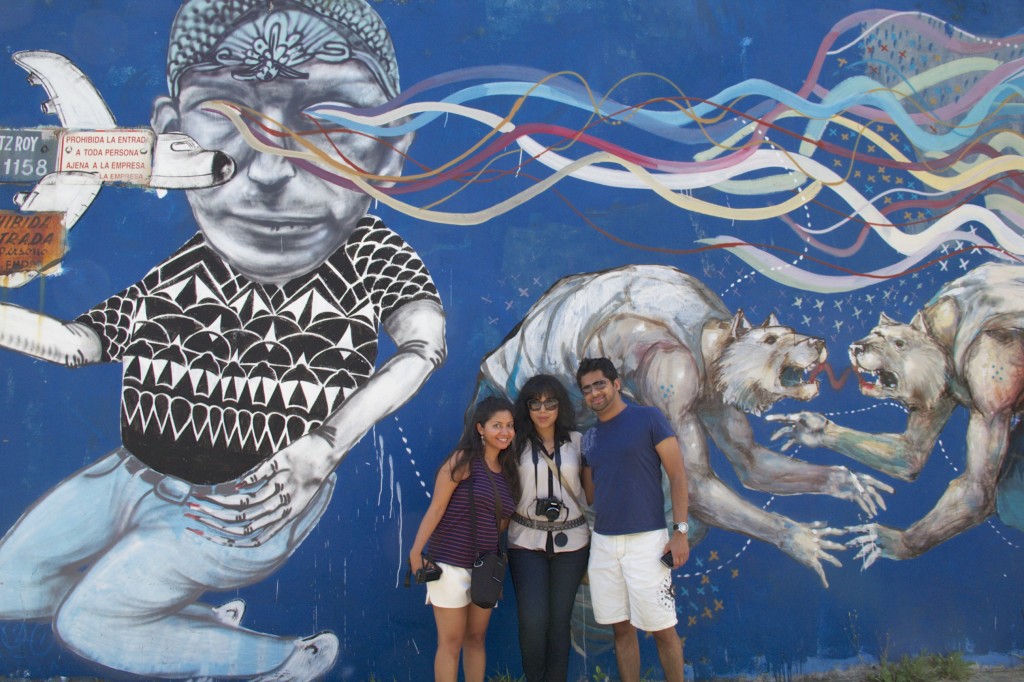
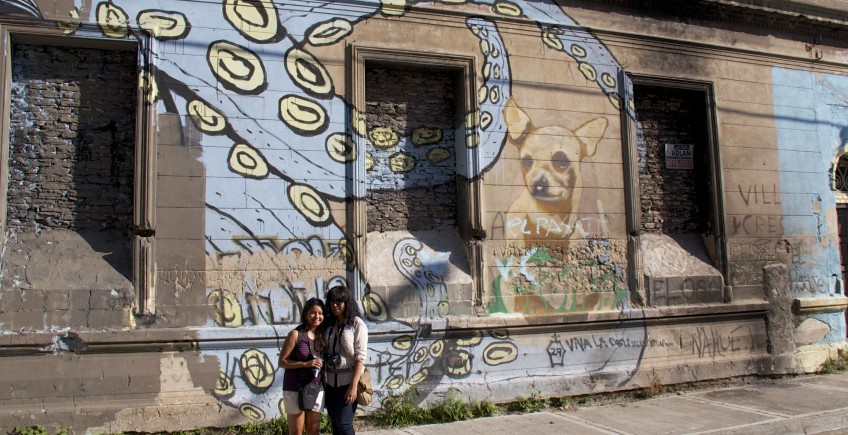
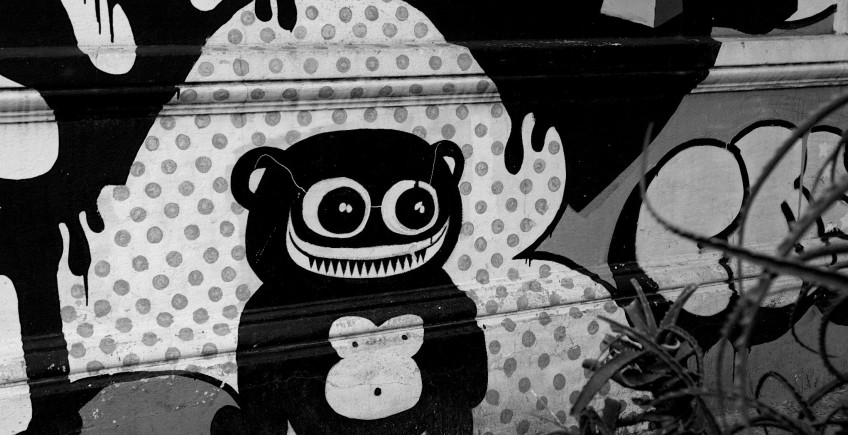
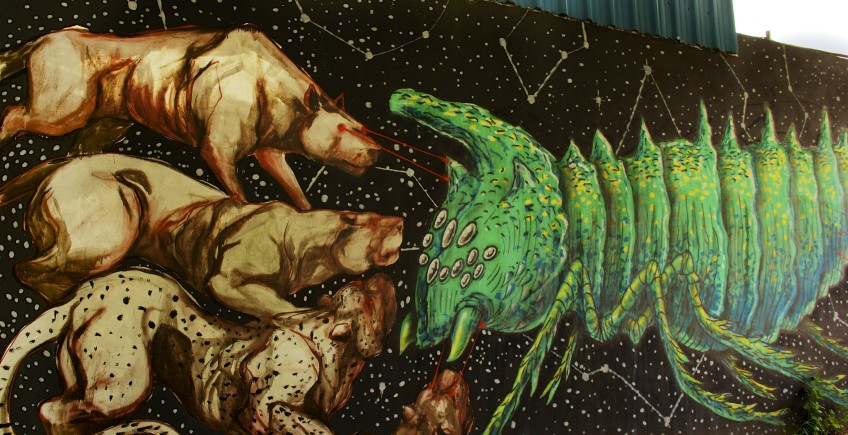

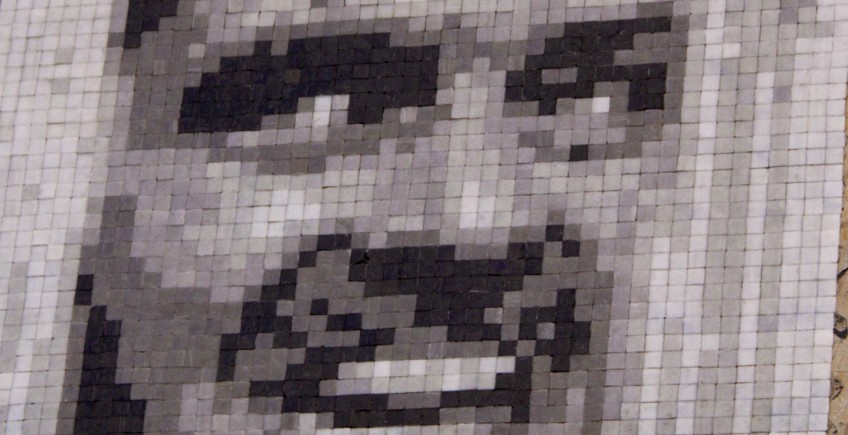

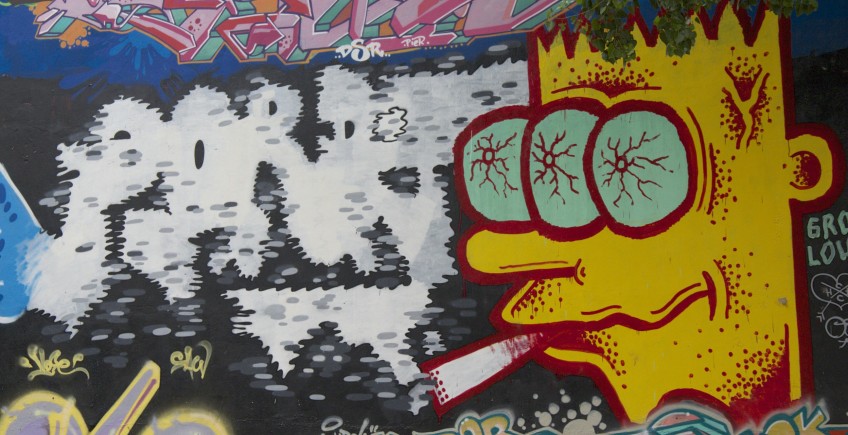
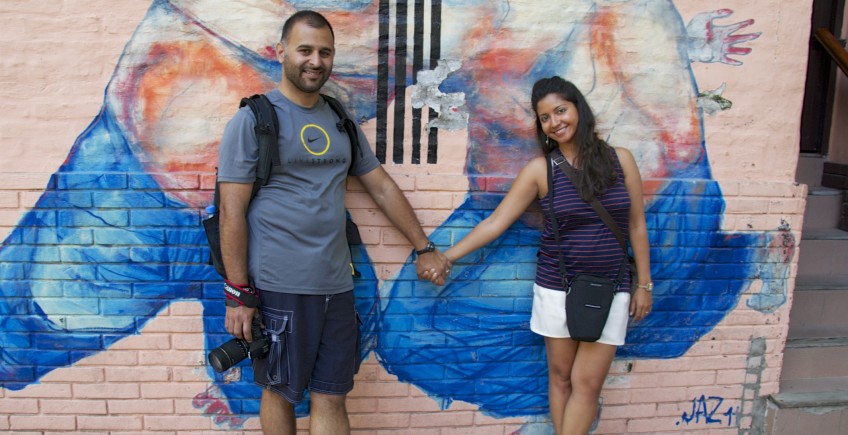


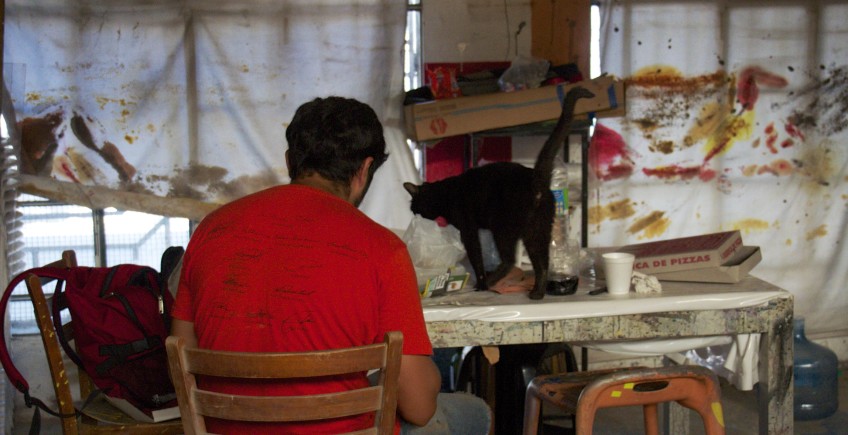
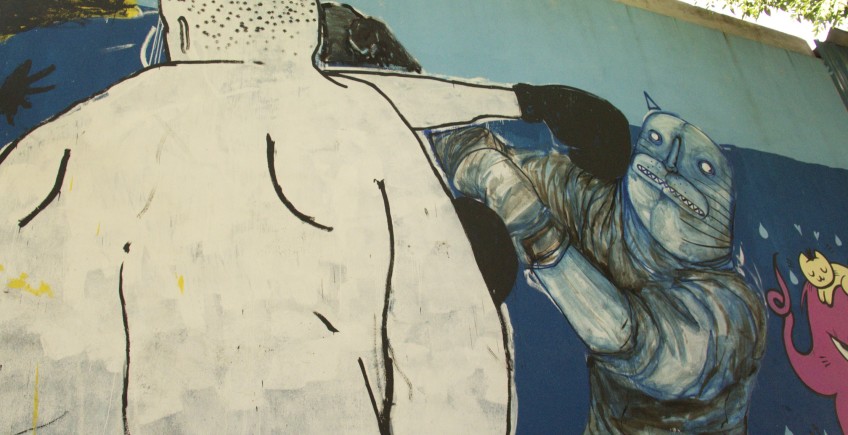
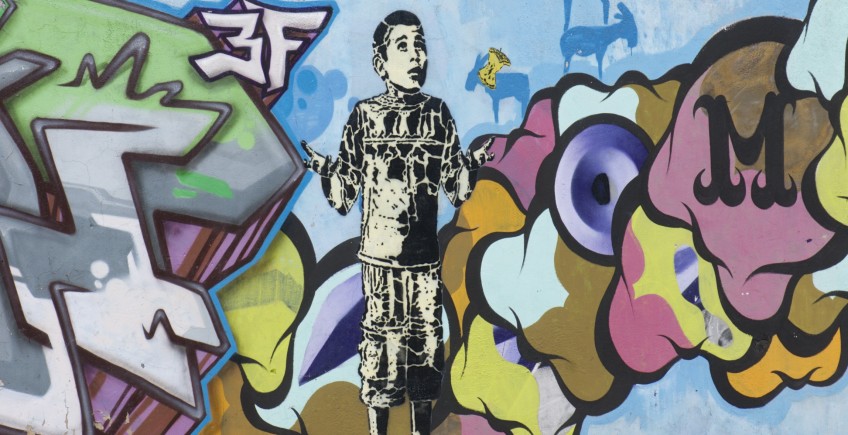

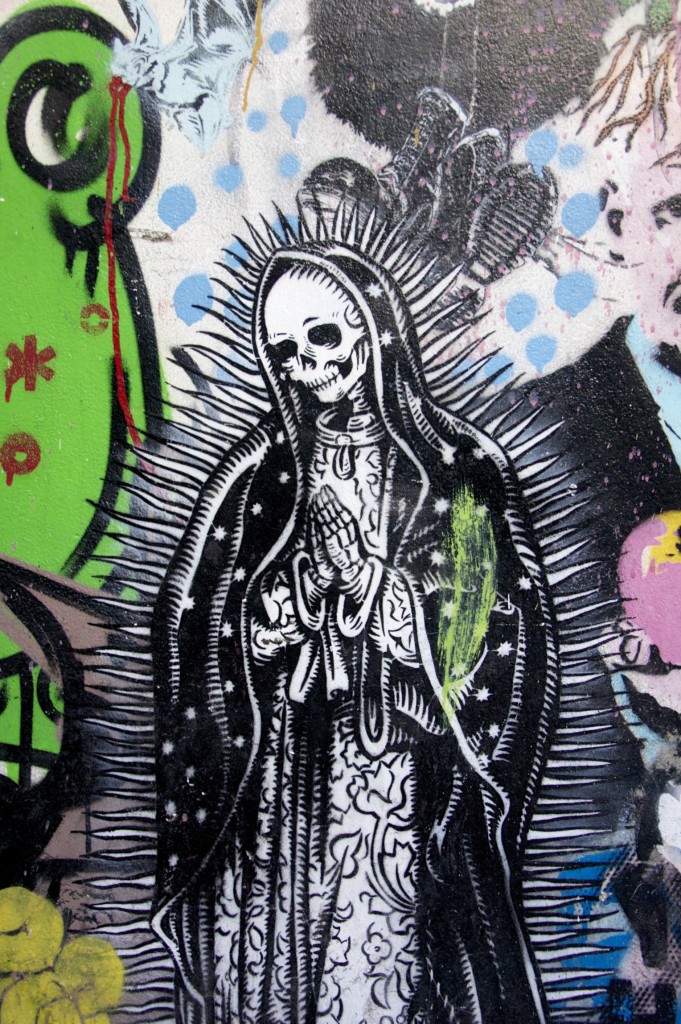

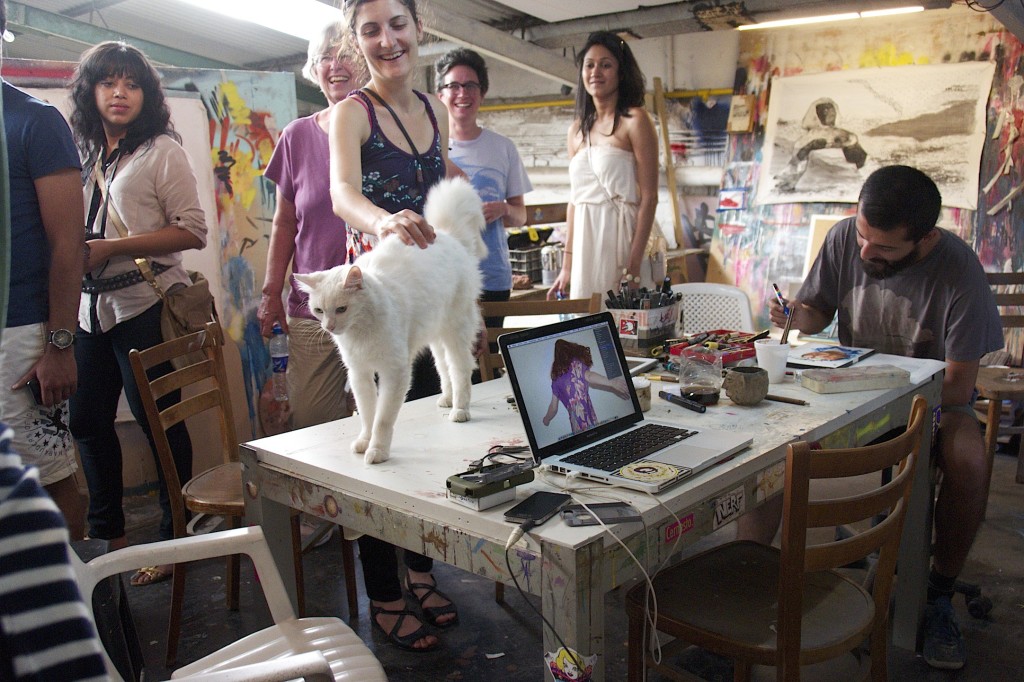
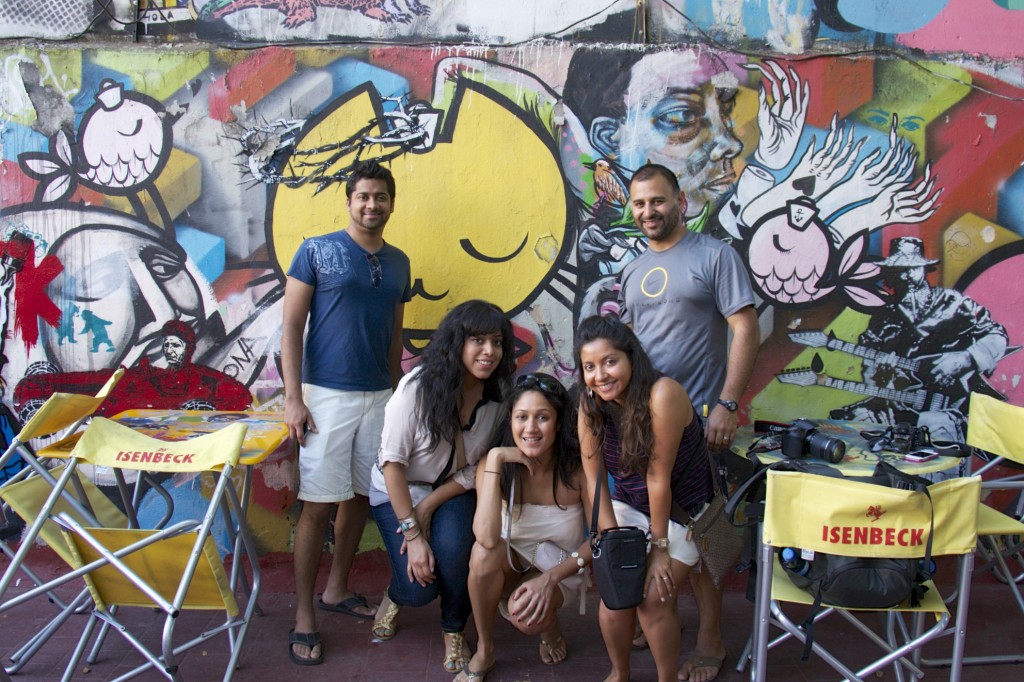
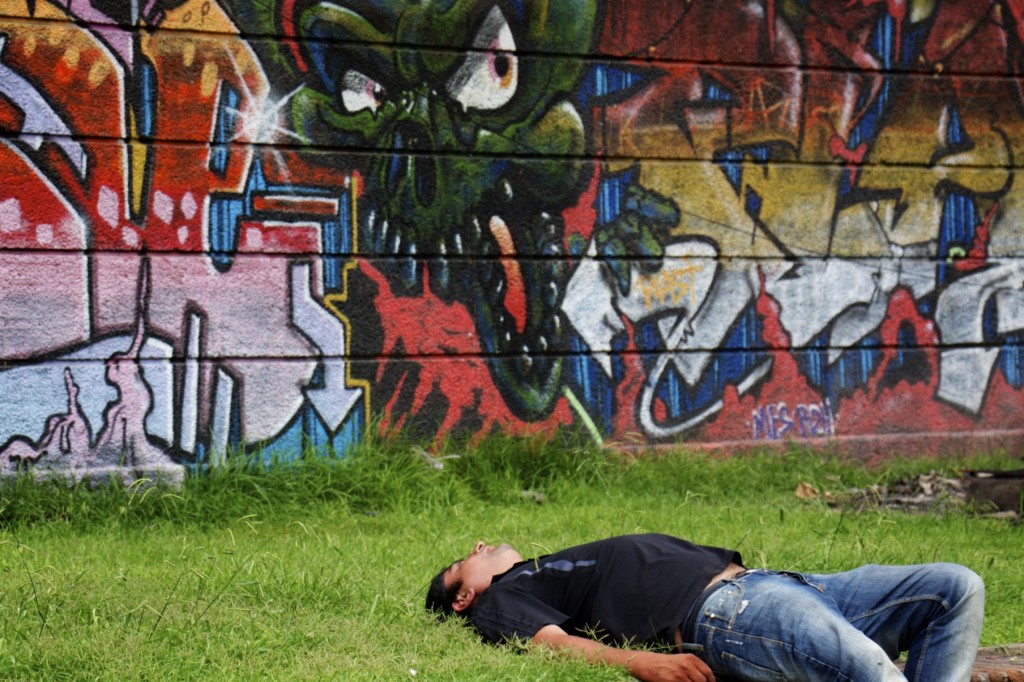
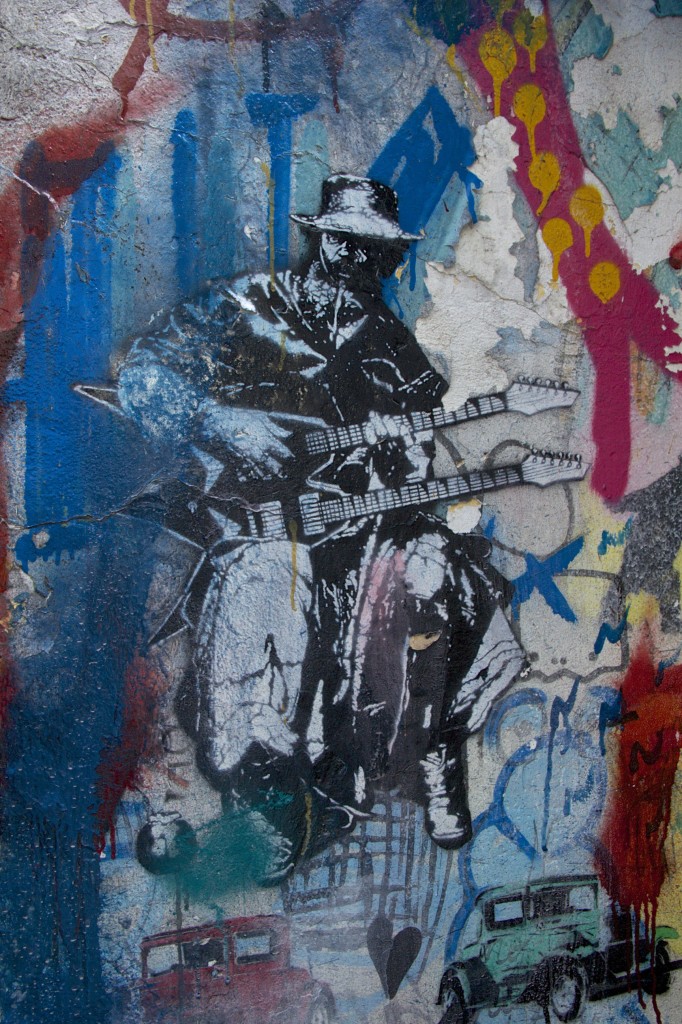
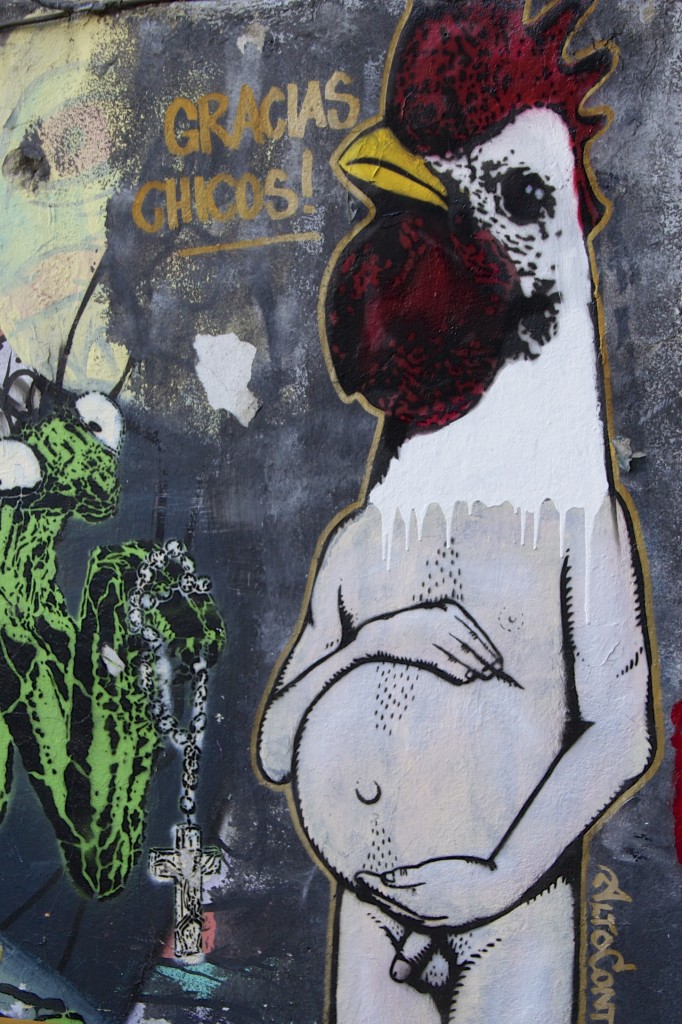
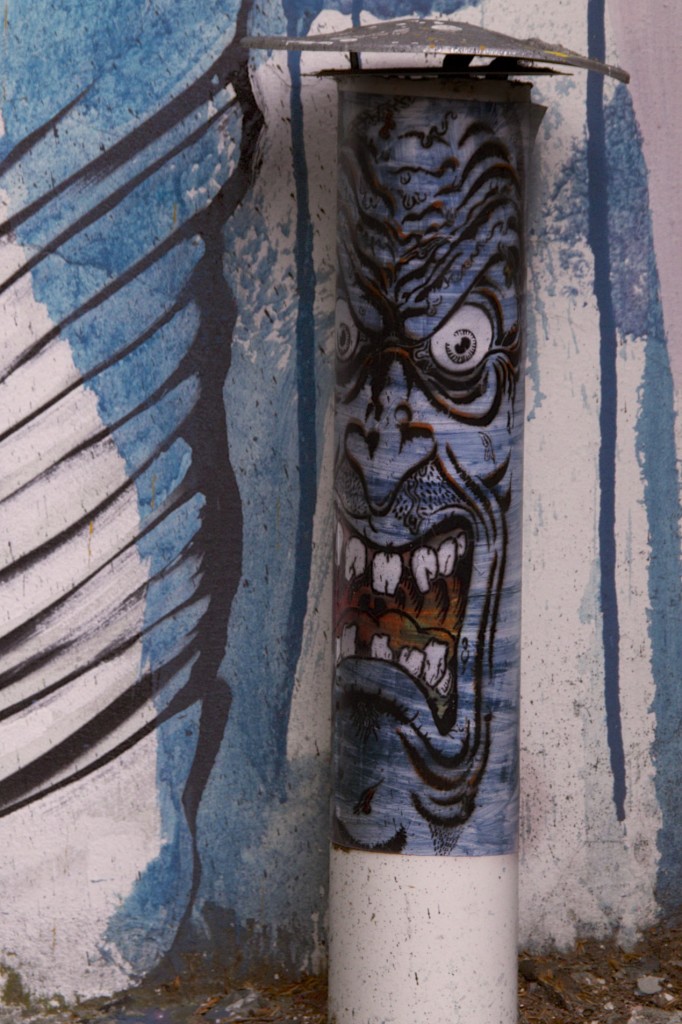

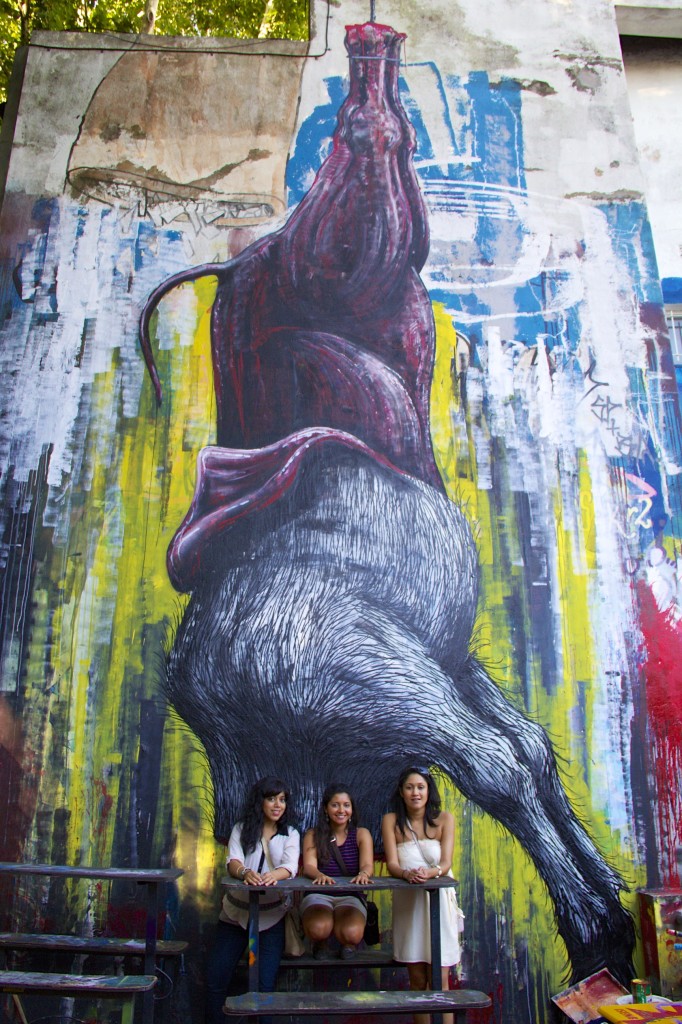
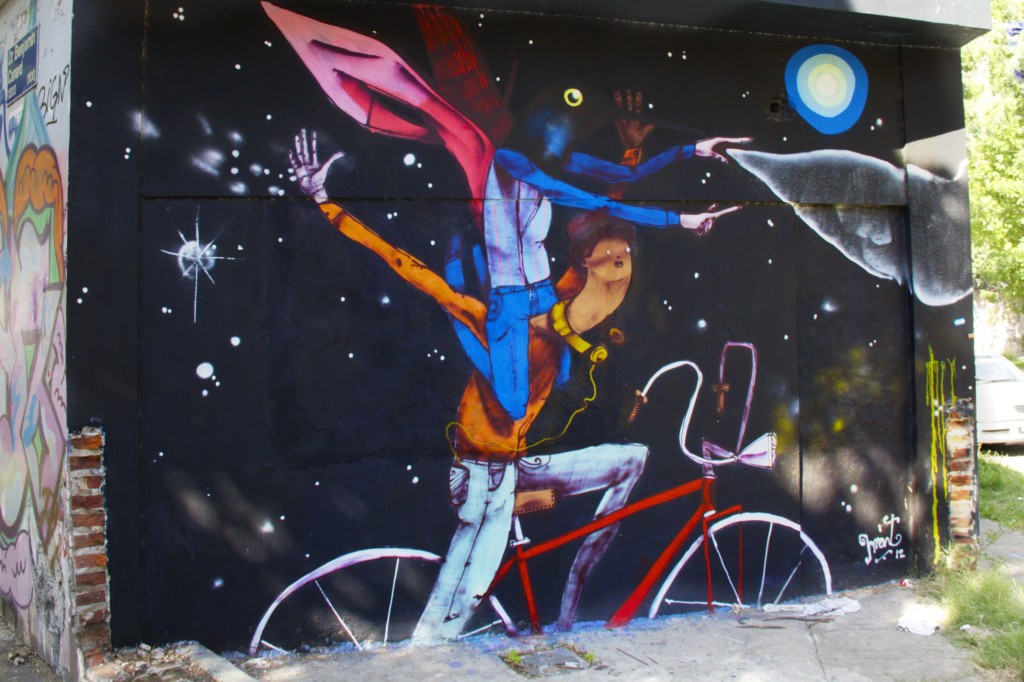

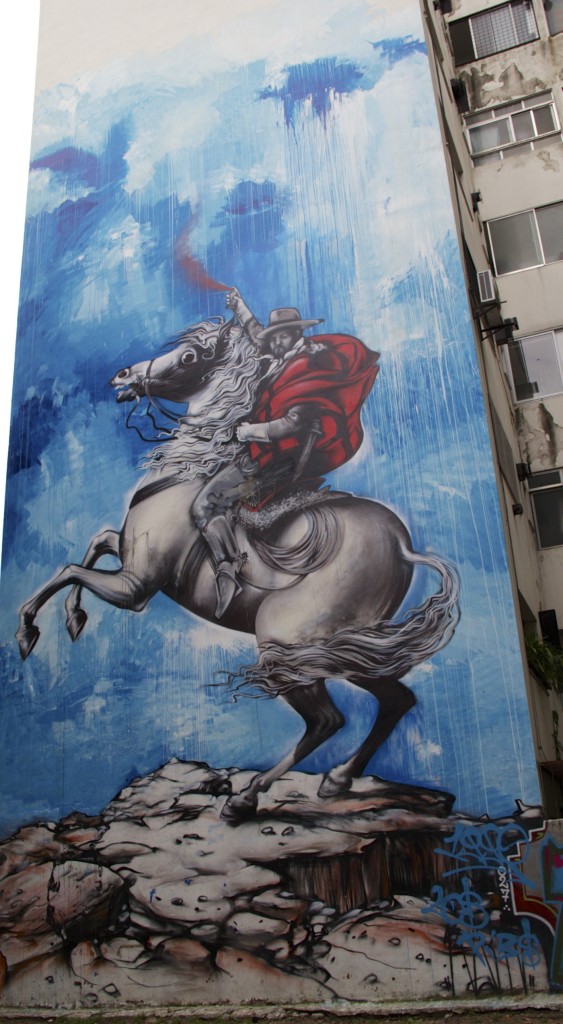
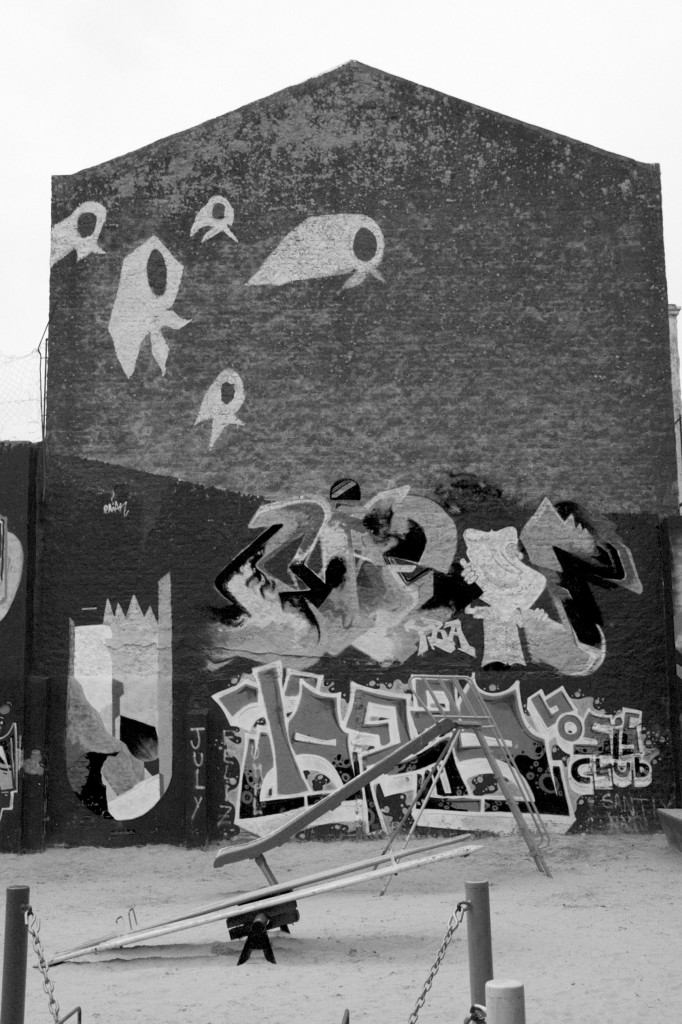
Great photos! Hope you guys are getting settled in Texas.